When ecologist Dr Mark McCorry joined Bord na Móna 11 years ago, he was one of two new ecologists employed by the company.
Such was their novelty they were given nicknames: Flora and Fauna. “I was Flora,” he laughs.
Today McCorry is Bord na Móna’s rehabilitation and biodiversity lead, heading up a specialist team in a company that has successfully transitioned away from peat production and into climate solutions.
It is now fully focused on renewable energy, recycling, sustainable product development and – the subject closest to his heart – the rehabilitation of Ireland’s peatlands.
McCorry studied ecology at UCD and prior to joining Bord na Móna worked as a consulting ecologist for clients such as the National Parks and Wildlife Service and Coillte, the forestry agency.
“I was just always fascinated by ecology. Why it is a certain plant will grow in a certain place and not a different one? And trying to understand how the ecosystem works,” he says.
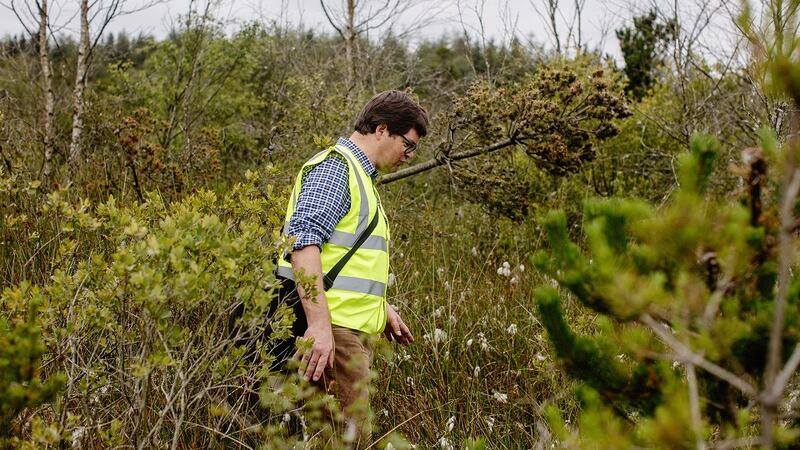
While Ireland’s peatlands are a paradise for nature lovers like him, previous generations valued them primarily as a source of fuel. For others, Ireland’s peatlands were simply “bad land”.
The way in which the world has come around to their true ecological value mirrors Bord na Móna’s own journey.
“It was a fossil fuel company. It produced peat. But peat produces a high level of carbon emissions so we knew that, if we were to help deal with climate change, we had to change what we were doing,” he explains.
“For me as an ecologist, I knew that day was coming, that peat extraction would stop, so I had adapted to it. But for some of my colleagues, it meant having to undertake a 180 degree change. We have moved from draining bogs to rewetting them. That’s a massive change, not just of activity but of mindset.”
Stewardship
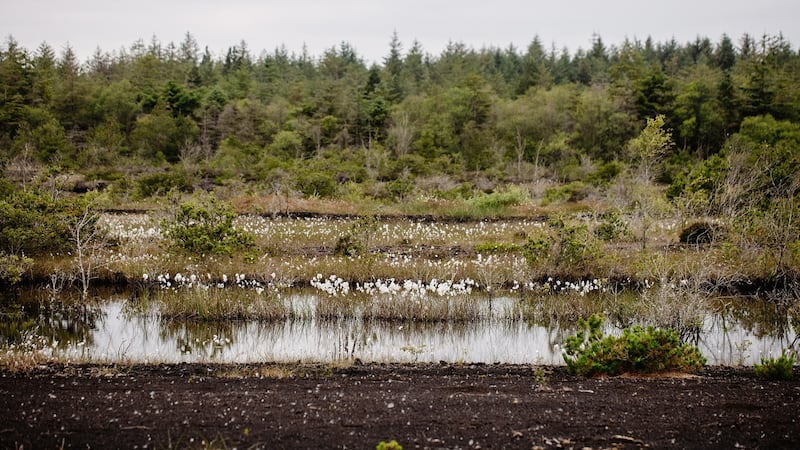
Bord na Móna owns about 80,000 hectares, roughly equivalent to the size of Co Louth, so what it does with the land under its stewardship is of national significance.
“Our greatest asset is our landbank, our expertise and our people. After all these years of peat extraction we are the experts in bogs, in understanding how drainage works and how best to rehabilitate them,” he says.
Bord na Móna is now working flat out to restore bogs as part of its peatlands climate action scheme, such as at Ballycon bog in Co Offaly. In Kellysgrove in east Galway, it has blocked the drains it first built to dry out peatlands.
“It could take 100 years or more for those drains to fill in but water levels have already risen and I’d be very confident that in just 10 years’ time we’ll see active raised bog there,” he says.
Anyone who enjoys walking in Ireland’s beautiful peatlands might be surprised to know that the heather that brightens them is an indicator of dryness, not health.
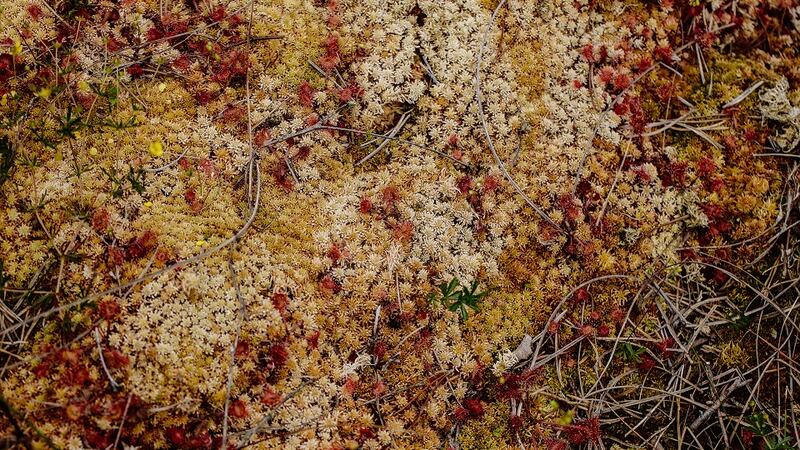
“What we look for is sphagnum moss, the ‘bog builder’. When we see that, we know the conditions are right,” McCorry says.
Sphagnum is not just good at absorbing water, it absorbs carbon too.
A typical Bord na Móna bog has some distance to go to become a natural, active ecosystem environment once more, he points out. In places where the peat has been cut away, the water chemistry will have changed.
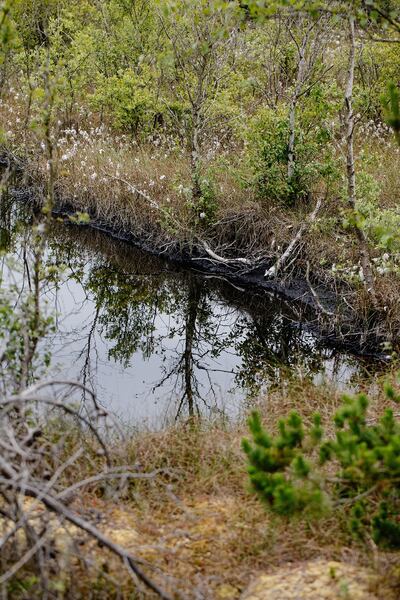
“Raised bog is very dependent on getting sphagnum and likes acidity, but the ground water in cutaway bog will have become alkaline. When that happens it’s not about bog restoration but bog rehabilitation, helping the bog to provide a suite of habitat types, such as wetlands, fens, scrub and woodland.”
If stopping peat extraction is the first step in cutting carbon emissions, rewetting the bogs is the second.
“Unfortunately, if peat is left dry, it will oxidise away, creating CO2. The rewetting that results from blocking up drains will significantly reduce that loss of carbon into the atmosphere. If we can get the water levels up we’ll see a skin put back on the bog again, significantly reducing carbon emissions and, over time, heading towards the creation of carbon sinks again.”
In the past 10 years it has made huge progress, rehabilitating about 5,000 hectares.
Bogs are formed over thousands of years, so full restoration in the short-term is not possible, he points out. “It does take time but if you think about the trajectory of bogs, it is similar to what it was in the past, insofar as we will be starting with wetlands and swamps, and building up vegetation,” McCorry says.
“We know we can’t restore these bogs, but perfect should not be the enemy of good and what we really can do is improve the environmental conditions on our bogs in a way that is good for biodiversity and which leads to the best possible outcome from a climate action and biodiversity perspective.”
‘Power of nature’
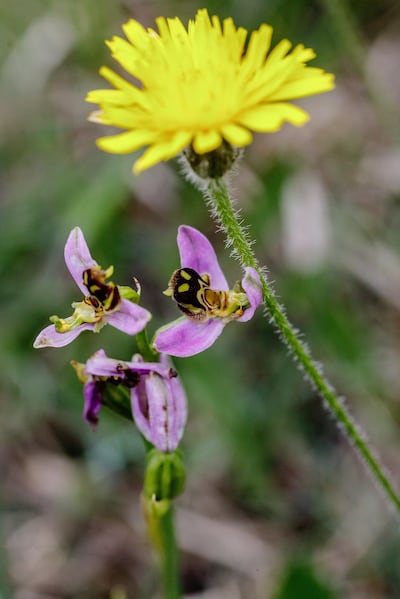
It’s already happening. Recently at Mount Lucas, a Bord na Móna windfarm in Co Offaly, McCorry counted seven different types of wild orchid.
“These are naturally colonised, we hadn’t put them in there. It just shows you the power of nature. “
Plants attract insects and pollinators, which in turn support grasses and fens. “Part of what we are doing could be considered ‘rewilding’ but in a wetter context, not drier context,” McCorry adds.
The work his team does is now central to Bord na Móna’s mission. The nicknames are long gone, consigned to the past.
“We are part of a new division, Land and Habitats, which provides professional peatland management services, working with other agencies as well as on privately-owned land, to carry out bog restoration.”
It is only nine years since Bord na Móna got its first digger dedicated, not to cutting bog, but to peatland rehabilitation. “We were so proud of that at the time,” he recalls. Now it has a whole fleet.
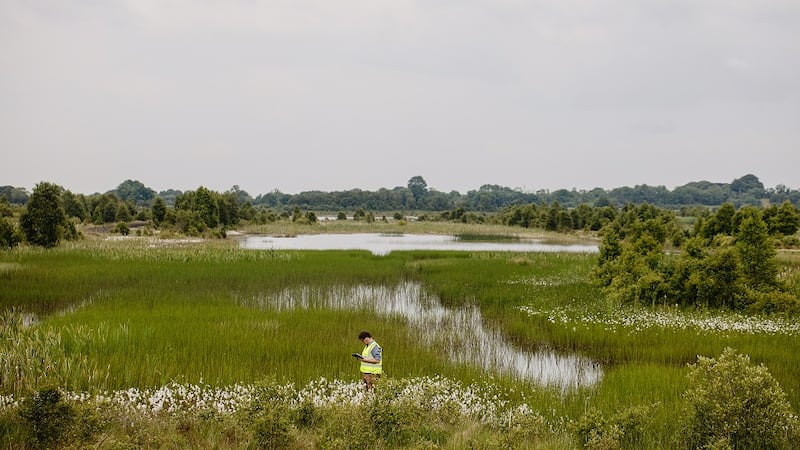
“We’re doing this on a massive scale, rehabilitating some 33,000 hectares over the next four years.”
Bogs are famous for preserving the past. That hasn’t changed. But the company’s orientation has.
“We are now looking forward,” he says. “As an ecologist, it’s a really exciting time. Bord na Móna has huge ambition on this front and I feel very privileged to be part of it.”
Discover more about Bord na Móna’s Peatlands Climate Action Scheme - www.bnmpcas.ie











